
Canon EOS R6 Review
Our comprehensive review of the Canon EOS R6, a full-frame mirrorless camera with exceptional image quality and performance.
Read Review
Sony Alpha 7 III Review
An in-depth look at the Sony Alpha 7 III, a versatile full-frame mirrorless camera for enthusiasts and professionals alike.
Read Review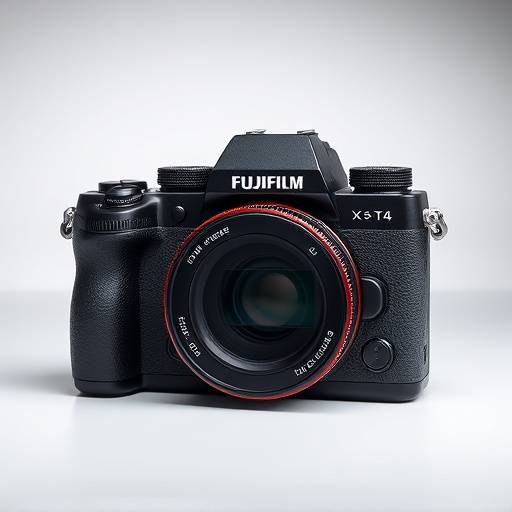
Fujifilm X-T4 Review
A detailed analysis of the Fujifilm X-T4, a stylish and powerful mirrorless camera with excellent image stabilization.
Read Review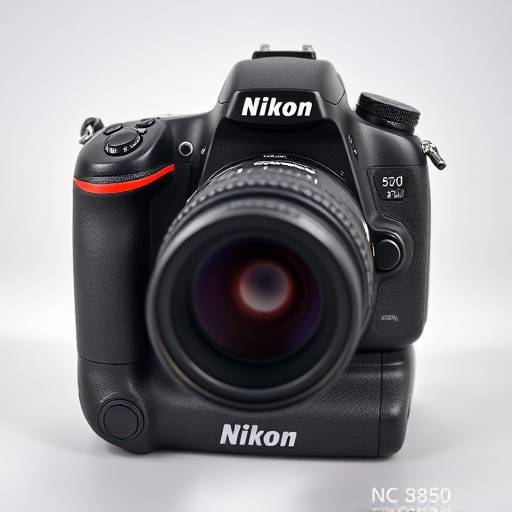
Nikon D850 Review
Our review of the Nikon D850, a high-resolution DSLR camera designed for professional photographers seeking exceptional detail.
Read ReviewCanon EOS R6 Review
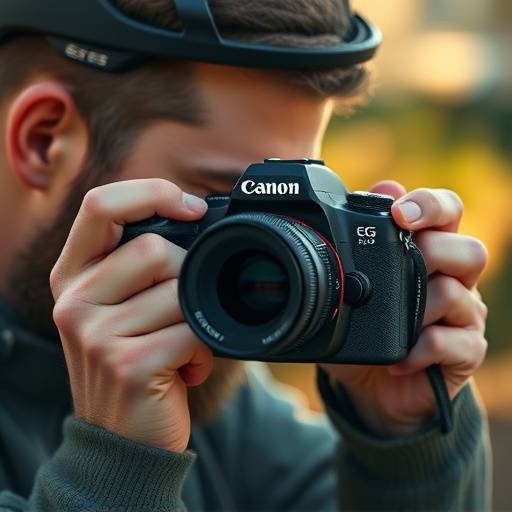
The Canon EOS R6 is a full-frame mirrorless camera that stands out for its exceptional image quality, impressive autofocus system, and excellent video capabilities. It’s designed to appeal to both photography and videography enthusiasts, offering a versatile tool for capturing stunning images and videos.
Key Features
The EOS R6 boasts a 20.1MP full-frame CMOS sensor, capable of capturing images with remarkable detail and dynamic range. Its DIGIC X image processor ensures fast and efficient performance, allowing for continuous shooting at up to 12 frames per second with the mechanical shutter and up to 20 frames per second with the electronic shutter. The camera also features a highly effective in-body image stabilization (IBIS) system, providing up to 8 stops of shake correction when paired with compatible lenses.
The autofocus system is another highlight of the EOS R6. It utilizes Canon’s Dual Pixel CMOS AF II technology, offering fast and accurate subject tracking across the entire frame. The camera can recognize and track human eyes, faces, and heads, as well as animals such as dogs, cats, and birds. This makes it an excellent choice for capturing fast-moving subjects and ensuring sharp focus in various shooting conditions.
In terms of video, the EOS R6 can record 4K UHD video at up to 60 frames per second, providing high-quality footage with minimal rolling shutter effect. It also supports 10-bit internal recording in C-Log, allowing for greater flexibility in post-production color grading.
Pros
- Exceptional image quality
- Fast and accurate autofocus
- Effective in-body image stabilization
- High-quality 4K video recording
- User-friendly interface
Cons
- Lower resolution sensor compared to some competitors
- Limited 4K video recording time due to overheating concerns
- No built-in flash
Overall, the Canon EOS R6 is a highly capable and versatile mirrorless camera that excels in both photography and videography. While it may have some minor drawbacks, its strengths far outweigh its weaknesses, making it an excellent choice for enthusiasts and professionals alike.
Sony Alpha 7 III Review
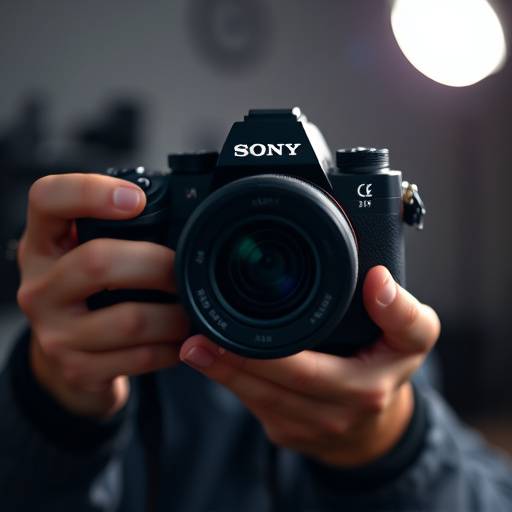
The Sony Alpha 7 III is a groundbreaking full-frame mirrorless camera that has set a new standard for performance and affordability. Its combination of excellent image quality, advanced features, and competitive price point makes it a popular choice among photographers of all skill levels.
Outstanding Performance
At the heart of the Alpha 7 III is a 24.2MP back-illuminated Exmor R CMOS sensor, which delivers exceptional image quality with impressive dynamic range and low-light performance. The BIONZ X image processing engine ensures fast and efficient processing, allowing for continuous shooting at up to 10 frames per second with autofocus and auto-exposure tracking.
The camera’s autofocus system is another standout feature. It boasts 693 phase-detection AF points, covering 93% of the image area, providing fast and accurate subject tracking. The Eye AF system can detect and track human eyes in real-time, ensuring sharp focus even when the subject is moving. This makes the Alpha 7 III an excellent choice for portrait, sports, and wildlife photography.
The Alpha 7 III also offers impressive video capabilities, recording 4K UHD video at up to 30 frames per second. It supports S-Log2 and S-Log3 gamma profiles, allowing for greater flexibility in post-production color grading. The camera also features a headphone jack and microphone input, making it a versatile tool for video production.
Pros
- Excellent image quality with impressive dynamic range
- Fast and accurate autofocus system
- Effective in-body image stabilization
- High-quality 4K video recording
- Long battery life
Cons
- Menu system can be complex and confusing
- LCD screen resolution is relatively low
- Body design lacks some refinements found in newer models
In conclusion, the Sony Alpha 7 III is a highly capable and versatile full-frame mirrorless camera that offers excellent performance across a wide range of shooting scenarios. While it may have some minor drawbacks, its strengths make it an outstanding choice for photographers looking for a reliable and high-performing camera.
Fujifilm X-T4 Review
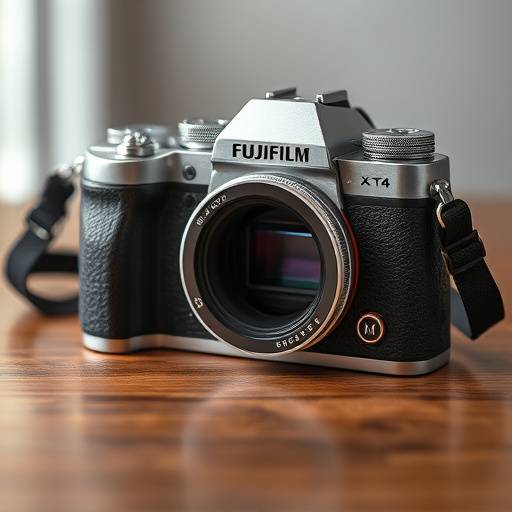
The Fujifilm X-T4 is a flagship APS-C mirrorless camera that beautifully blends retro aesthetics with modern technology. Known for its outstanding image quality, robust build, and excellent video capabilities, it caters to photographers and videographers who appreciate a tactile shooting experience.
A Fusion of Style and Substance
The X-T4 features a 26.1MP X-Trans CMOS 4 sensor, renowned for its unique color filter array that minimizes moiré and false colors without the need for an optical low-pass filter. Coupled with the X-Processor 4, it delivers stunning images with vibrant colors and exceptional detail.
One of the key improvements in the X-T4 is the addition of in-body image stabilization (IBIS), providing up to 6.5 stops of shake reduction with compatible lenses. This allows for sharper images in low-light conditions and smoother video recording.
The X-T4's autofocus system is also improved, offering faster and more accurate subject tracking. It uses phase-detection AF points covering nearly the entire frame, ensuring sharp focus even on fast-moving subjects. The camera can also detect and track human faces and eyes, making it ideal for portrait photography.
The X-T4 excels in video recording, offering 4K UHD video at up to 60 frames per second with 10-bit internal recording. It also supports F-Log gamma profile, providing greater flexibility in post-production color grading. The camera features a fully articulating LCD screen, making it easy to monitor your footage from various angles.
Pros
- Excellent image quality with vibrant colors
- Effective in-body image stabilization
- Fast and accurate autofocus system
- High-quality 4K video recording
- Stylish and robust build
Cons
- APS-C sensor size is smaller than full-frame
- No headphone jack without using a USB-C adapter
In summary, the Fujifilm X-T4 is an outstanding APS-C mirrorless camera that delivers exceptional image quality, robust performance, and a delightful shooting experience. Whether you're a photographer or a videographer, the X-T4 is a versatile tool that will help you capture stunning images and videos.
Nikon D850 Review
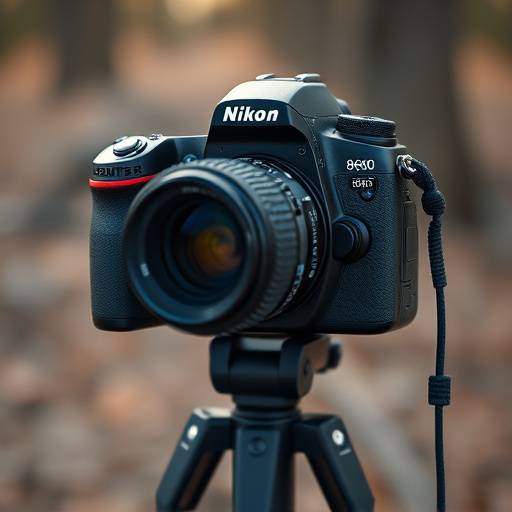
The Nikon D850 is a high-resolution full-frame DSLR camera that has earned a reputation as one of the best DSLRs ever made. Combining exceptional image quality, robust performance, and versatile features, it is designed for professional photographers seeking the ultimate in image detail and dynamic range.
Unrivaled Image Quality
At the heart of the D850 is a 45.7MP back-illuminated FX-format CMOS sensor, capable of capturing images with breathtaking detail and dynamic range. Without an optical low-pass filter, the D850 delivers incredibly sharp images with minimal moiré and false colors.
The D850's EXPEED 5 image processing engine ensures fast and efficient performance, allowing for continuous shooting at up to 7 frames per second with autofocus and auto-exposure tracking. The camera also features a wide ISO range, from 64 to 25600, expandable to 32-102400, allowing for excellent low-light performance.
The D850's autofocus system is equally impressive, featuring 153 focus points, including 99 cross-type sensors, covering a wide area of the frame. This ensures fast and accurate subject tracking, even in challenging shooting conditions. The camera can also detect and track human faces, making it ideal for portrait photography.
The D850 offers 4K UHD video recording at up to 30 frames per second. It also supports 8K time-lapse video creation and features a variety of video-specific features, such as focus peaking and zebra stripes.
Pros
- Exceptional image quality with incredible detail
- Fast and accurate autofocus system
- Robust and durable build
- Wide ISO range for excellent low-light performance
- Versatile features for both photography and videography
Cons
- Large and heavy compared to mirrorless cameras
- LCD screen is not fully articulating
In conclusion, the Nikon D850 is an exceptional DSLR camera that delivers unrivaled image quality, robust performance, and versatile features. While it may be larger and heavier than some mirrorless cameras, its strengths make it an excellent choice for professional photographers seeking the ultimate in image detail and dynamic range.
Camera Comparison Tool
Compare the specifications of different cameras side-by-side to find the perfect one for your needs.
| Feature | Canon EOS R6 | Sony Alpha 7 III | Fujifilm X-T4 | Nikon D850 |
|---|---|---|---|---|
| Sensor Type | Full-Frame CMOS | Full-Frame CMOS | APS-C CMOS | Full-Frame CMOS |
| Megapixels | 20.1 MP | 24.2 MP | 26.1 MP | 45.7 MP |
| ISO Range | 100-102400 (Expandable) | 100-51200 (Expandable) | 160-12800 (Expandable) | 64-25600 (Expandable) |
| Image Stabilization | In-Body (Up to 8 stops) | In-Body (5-axis) | In-Body (6.5 stops) | None (Lens-based) |
| Video Recording | 4K UHD up to 60fps | 4K UHD up to 30fps | 4K UHD up to 60fps | 4K UHD up to 30fps |
| Autofocus Points | Dual Pixel CMOS AF II | 693 Phase-Detection | 425 Phase-Detection | 153 (99 Cross-Type) |